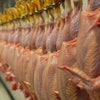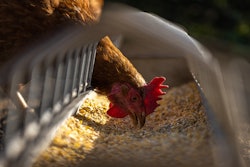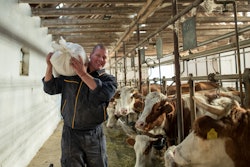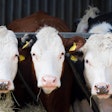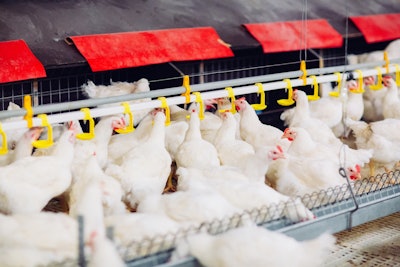
During the meeting of thePoultry Science Associationlast month in Philadelphia, a heated debate took place. The topic wasnet energy(NE) and its usefulness (or not) in broiler feed formulation.
There is nothing new about NE and we all know it is the closest way to express the energy contained in a feed that will eventually be used by the animal. In lay terms, we can think of it as gross energy minus wastage equals net energy for maintenance and production purposes.
To get from gross to net energy, we have gone from digestible and then metabolizable energy, each of which deducts a bit more wasted energy. As it is today, the system based on metabolizable energy (with some conventions) is the one widely used in poultry. The reason is rather simple and has to do with how easy it is to determine it when it comes to poultry. Plus, with poultry being monogastric animals, that means they were fed a limited array of feed ingredients and thus the work needed was rather minimal. In contrast, NE determination is more difficult and has different approaches, something that has stopped poultry researchers from digging deeper into it.
However, these reasons have never been good enough for pigs (also monogastrics), which are increasingly being fed with feeds formulated using one form or another of a NE system. And, in the case of ruminants, the NE system is rather old news, especially for dairy cattle. But, should we keep the AMEn (apparent metabolizable energy, N-corrected – the ME system convention used for poultry) or keep looking for a better one in the form of NE? The answer is yes and no.
Yes, if you are feeding non-standard breeds or species of poultry that have ill-defined energy requirements in terms of ME, as this is a golden opportunity to start from the beginning; or if you are using non-traditional ingredients, not corn and soy. In the case of corn and soy, which are the main ingredients used for feeding broilers in the U.S., I find little scope into converting an already well-functioning AMEn system, especially when genetics are standardized, and their respective requirements are well known.
No, if any of the above are not true. So, again, if you use mainstream genetics and simple ingredients, there will be little to no advantage to switching the energy system from AMEn to NE. In contrast, if you are feeding a plethora of byproducts and/or using genetics/species that are not mainstream, then there is every single good reason to start looking into the NE system, in my opinion.



